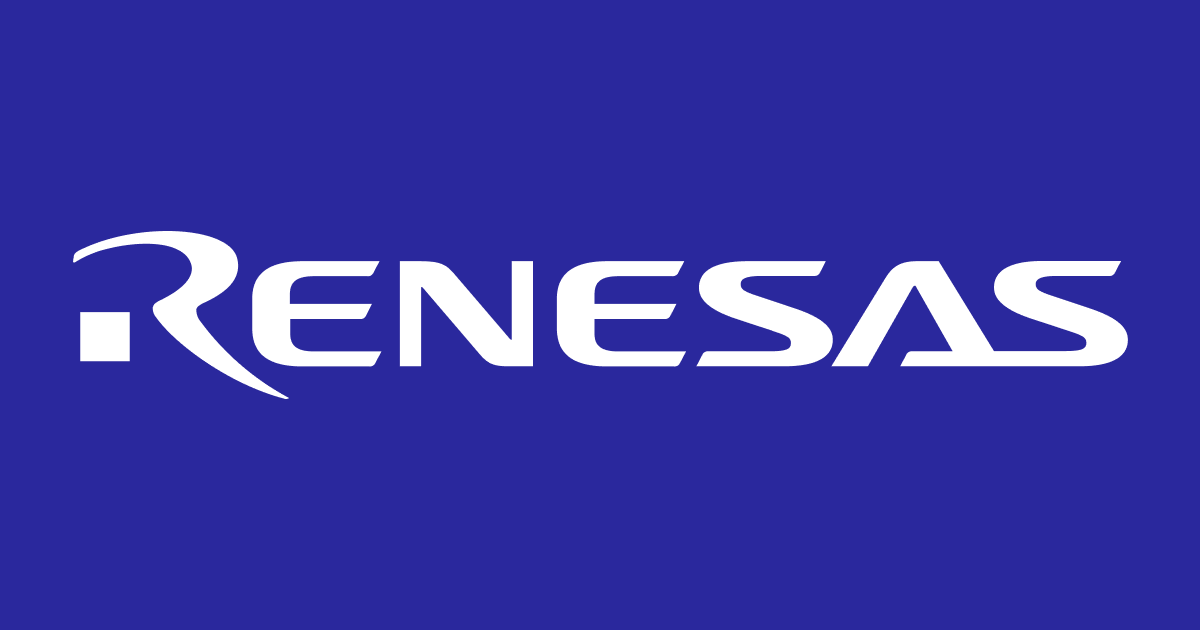engr_joni_ee
Advanced Member level 3

The digital IC usually need 3.3 V or 1.8 V as supply voltage. If the main supply to the PC board is 5V then which power supply option is the better for digital ICs in terms of low ripples, the Linear Regulators or DCDC converters ? Quantitatively how much we can expect Vpp ripples in Linear Regulators and DCDC converters ?




